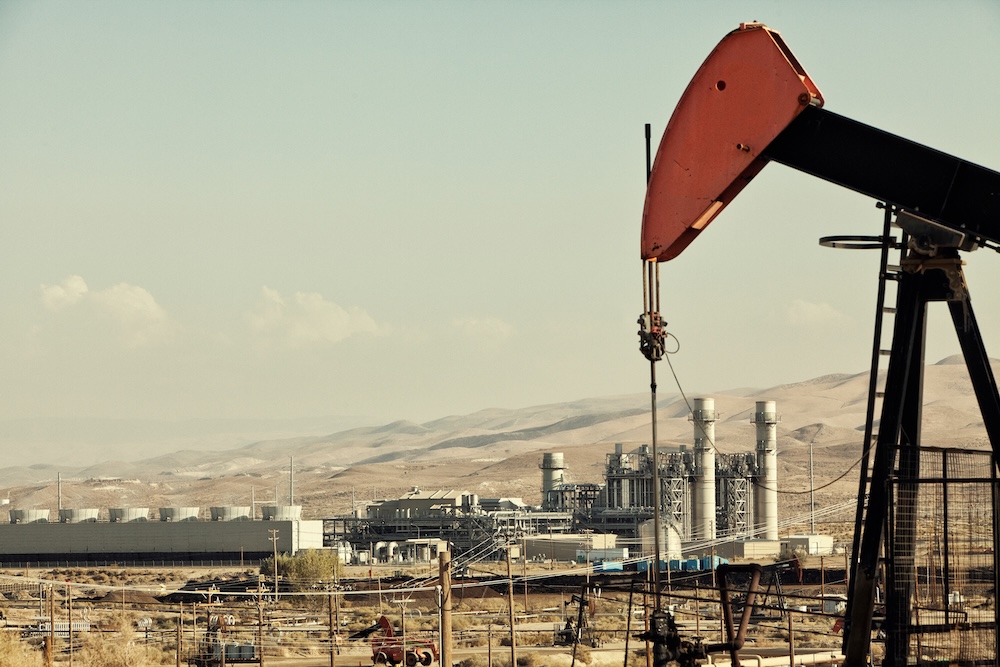The fossil fuel industry has a long history of storytelling. From glossy ads showing happy families heated by “clean coal” to campaigns portraying natural gas as a bridge to the future, greenwashing has been its most profitable product. These narratives don’t just sell energy — they shape public perception, sow doubt about renewables, and distort what “clean” really means.
Greenwashing works because it blends truth with illusion. A natural gas plant does produce fewer emissions than coal. But framing it as “clean energy” hides the fact that it still locks the planet into decades of carbon pollution. These tactics manipulate how society thinks about energy, keeping fossil fuels dominant while slowing renewable adoption.
The Playbook of Fossil Fuel Greenwashing
1. Rebranding the Same Pollution
“Natural gas” instead of methane. “Clean coal” instead of one of the dirtiest energy sources. “Carbon-neutral oil” instead of fossil fuels with offsets that rarely deliver. Language reshapes reality.
2. Casting Doubt on Renewables
Ads and lobbyists emphasize intermittency of wind and solar while downplaying breakthroughs in storage, efficiency, and grid management. This keeps the public believing renewables are “not ready.”
3. Overstating Innovation
Oil and gas companies spotlight token investments in renewables while 90%+ of their capital flows to drilling and expansion. A solar panel on a corporate HQ roof becomes a PR headline while pipelines quietly expand.
4. Hijacking “Net Zero”
Many companies pledge net-zero targets for 2050 — but rely on unproven technologies, offsets, or accounting tricks rather than actual reductions in extraction and burning.
5. Sponsoring Culture
From sports stadiums to school programs, fossil companies embed themselves in communities to normalize their presence as “partners,” obscuring their role in the climate crisis.
Why Public Perception Matters
Greenwashing doesn’t just protect reputations. It delays policy, weakens consumer demand for alternatives, and builds skepticism toward renewables. If the public believes oil and gas are “clean enough,” urgency disappears. If they believe renewables are unreliable, adoption slows.
Perception shapes politics, markets, and cultural momentum. Controlling the narrative is as powerful as controlling the supply.
How Renewables Are Undermined
- Framing renewables as risky: Fossil campaigns highlight variability in wind and solar, ignoring solutions like batteries, hybrid grids, and diversified supply.
- Highlighting rare failures: A blackout in a storm becomes a talking point against solar or wind, even when fossil systems fail more often.
- False equivalence: Gas framed as “clean” is compared favorably to coal, not against true zero-carbon energy.
- Lobby power: Billions are spent lobbying against renewable incentives while promoting subsidies for oil and gas.
Breaking Through the Illusion
Public perception can shift when the illusions are exposed.
- Demand transparency: Push for disclosure of how much energy companies actually invest in renewables vs fossil fuels.
- Call out language: “Clean coal” is still coal. “Natural gas” is methane. Words matter.
- Elevate success stories: Community solar, offshore wind, battery breakthroughs — show people that renewables work.
- Shift the narrative: Energy is not just about supply, but about justice, resilience, and future survival.
FAQs
Why do fossil fuel companies greenwash instead of just transitioning?
Because their core business depends on extracting and burning fossil fuels. Transition threatens profits. Greenwashing buys time.
Isn’t natural gas cleaner than coal?
Yes, but “cleaner” does not mean clean. Methane leaks make gas as dangerous as coal in climate terms.
Can renewables really meet global demand?
Yes. Studies show renewables, paired with storage and efficiency, can power societies. The barrier is not technology but politics, investment, and entrenched fossil interests.
Why does public perception matter so much?
Because perception influences votes, policy, and consumer demand. Greenwashing keeps people complacent and slows systemic change.
Final Thoughts
Greenwashing is a distraction, not a solution. Fossil fuel industries know their days are numbered, so they sell illusions to prolong the inevitable. The danger is that these illusions convince the public that there is no urgency to change — that oil and gas are “good enough” and renewables are “not ready.”
The truth is the opposite. Renewables are ready, and fossil fuels are the past. Public perception must catch up with reality. Awareness cuts through illusion. Once people see that greenwashing is just marketing, not science, momentum for renewables accelerates.









Reader Interactions